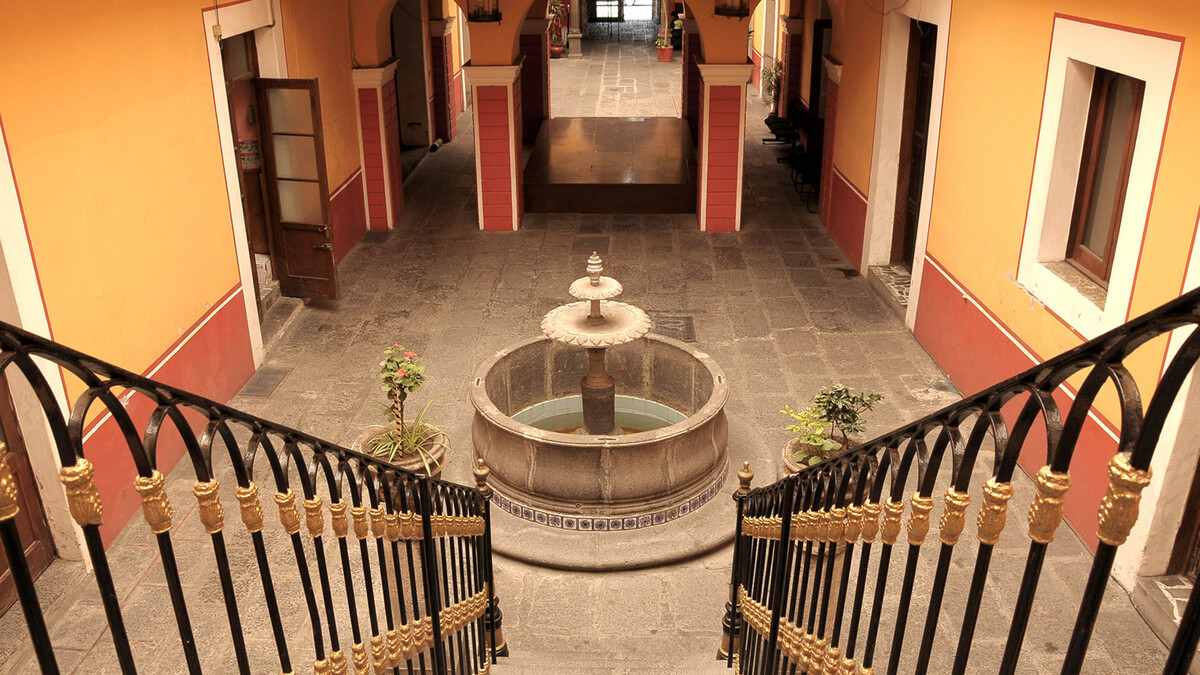Madrid, 10 (European press)
They report their observation in a study published online in the journal Science.
The idea of the Crystal Age dates back to Nobel Prize winner Frank Wilczyk, who was the first to suggest this phenomenon. Similar to water spontaneously turning into ice around its freezing point, thus breaking the system’s transitional symmetry, in a dynamic multibody system, time-transitional symmetry breaks spontaneously when a time crystal is formed.
In recent years, researchers have already observed discrete time crystals, or floats, in periodically activated closed and open quantum systems. “However, in all previous experiments, the continuous-time transition symmetry was broken by a periodic time pulse,” Professor Hans Kebler, who led the study, says in a statement. “The challenge for us was to achieve a system that automatically breaks the continuous translational symmetry of time.”
In their experiment, the scientists used a Bose-Einstein condenser inside a very fine optical cavity. Using a time-independent pump, they observed a parametric cycle phase characterized by incipient periodic oscillations of the photon number within the cavity accompanied by rotating atomic density through repeating patterns.
They find that the time phase of the oscillations takes on random values between 0 and 2 pi, as expected for spontaneously broken continuous symmetry. By defining the region of stability in the relevant parameter space and demonstrating the persistence of limit-cycle oscillations even in the presence of strong temporal perturbations, the researchers demonstrated the robustness of the dynamical phase.

:quality(70)/cloudfront-us-east-1.images.arcpublishing.com/metroworldnews/KFRAKTVUGNA37L574TX2LV5J2E.jpg)
:quality(85)/cloudfront-us-east-1.images.arcpublishing.com/infobae/JVEG643FOJGGJFSNY3RS7DZM4I.jpg)


